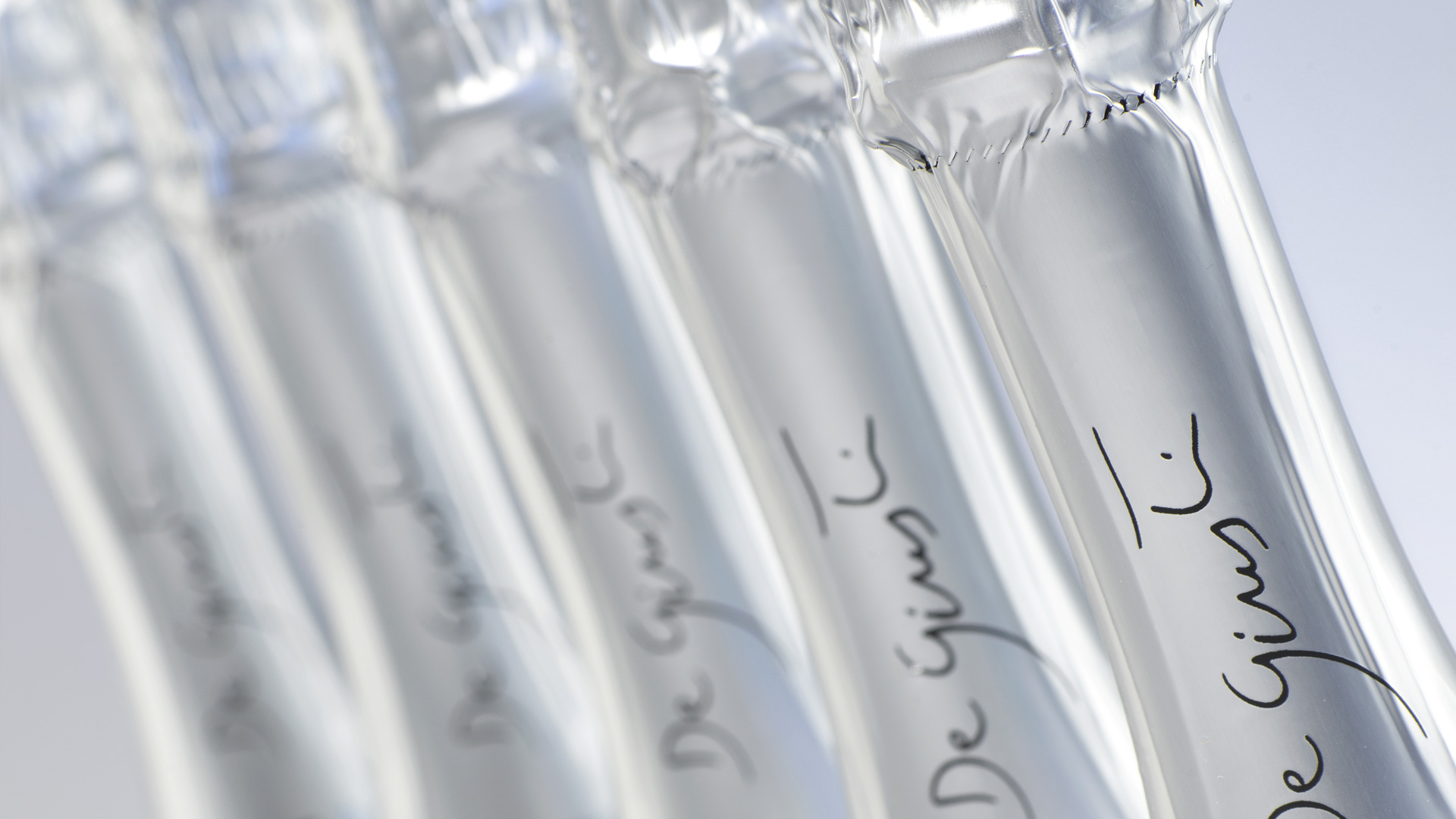
People very often get their ideas mixed up when it comes to the definition of prosecco. They tend to simply think of it as sparkling wine, but that is not the case with all kinds of prosecco. Basically, prosecco is a fine white wine and at its heart are the Glera grapes quintessentially associated with Friuli-Venezia Giulia and our home region of Veneto.
Glera grapes play a key role in De Giusti Prosecco. The vines are native to North-East Italy and have been known since Roman times. Rustic and robust, they produce attractive hazel shoots and long, large bunches of white grapes with a golden yellow hue. They are cultivated by guiding buds vertically and removing excess growth through topping and tying, thus creating a suitable microclimate for aromatic substances to build up in the grapes.
Prosecco must contain at least 85% Glera grapes. The other 15% can be made with a selection of grapes: Verdiso, Perera, Bianchetta Trevigiana, Chardonnay, Pinot Bianco, Pinot Grigio and Pinot Nero (fermented off the skins). They make a crucial contribution to the distinctive structure of each wine.
Our vineyards
Our method
De Giusti Prosecco is fermented off the skins in accordance with the rules and traditions established by the first oenology school in Italy, which was in Conegliano and was behind the finest local examples of wine growing and production.
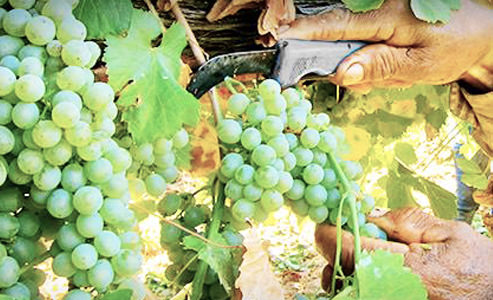
The grapes are harvested when they reach an optimum level of sensory ripeness – in terms of their sugar content, acidity and aromatic substances – for Prosecco production. It is an extremely delicate process because the grapes must remain intact in order to prevent spontaneous fermentation before they reach the winery.
The harvest
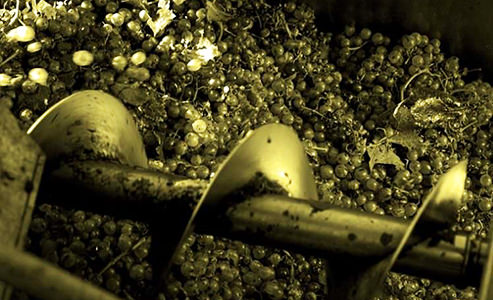
Sophisticated machines are used to press the grapes gently, thus ensuring that only the finest must is extracted from the heart of the grapes.
Pressing
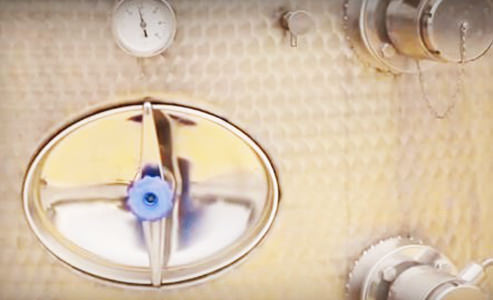
The must is left to decant in steel vats at 5, 10°C for a period of 10 to 12 hours.
Settling
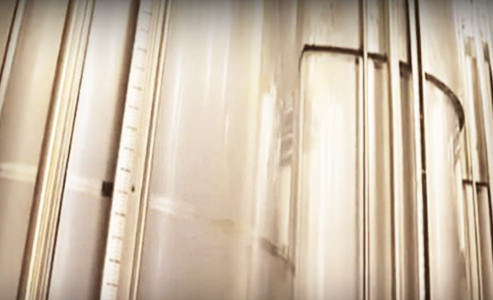
Only the clear part of the must goes through fermentation, which takes place thanks to the addition of select natural yeast. The most delicate fragrances of the grapes are preserved during the process, which occurs at a constant temperature of 18, 20°C and takes 15-20 days. Fermentation is followed by the ageing period. During this stage, racking and filtering procedures are carried out in order to produce the clear liquid known as base wine.
Fermentation
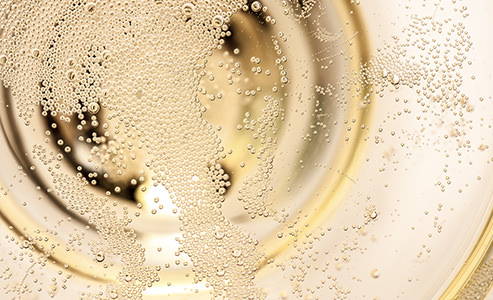
A second fermentation process takes place once the base wine is clear. Following meticulous tasting, the different batches in the winery are brought together: wines with different origins, harvest periods and sensory properties that have been kept separately until now, are mixed together in carefully gauged proportions. The Charmat method involves the use of large pressure tanks called autoclaves. The wine is put inside them, along with sugar and yeast. This technique helps to preserve the classic aromas of the grape varieties used, giving rise to fruity, floral wine with the velvety bubbles for which Conegliano Valdobbiadene Prosecco is renowned.
Second fermentation
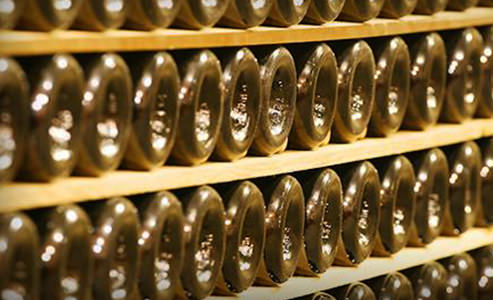
Once the secondary fermentation process is complete, we bottle our Prosecco. Subsequently, the rules and regulations require us to wait for a set period, then it is ready to go on sale.